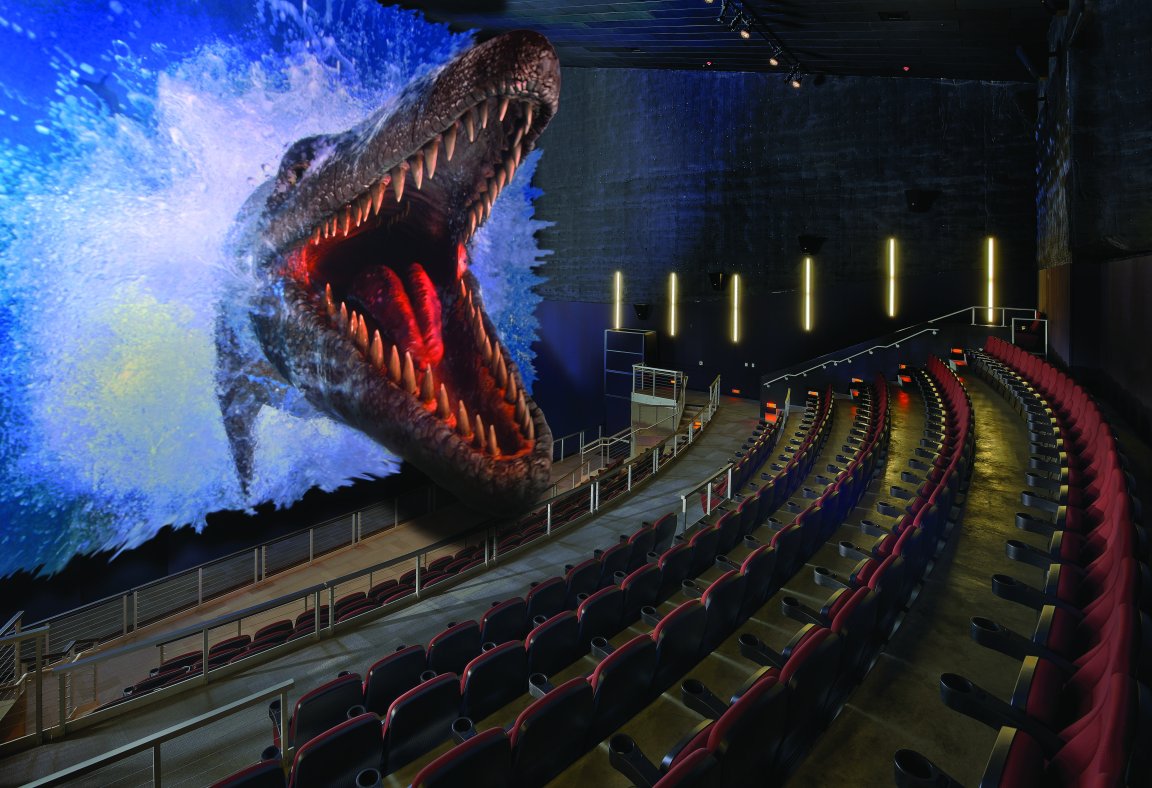
Cinema 3D
A prototype display, developed by the Computer Science and Artificial Intelligence Lab (CSAIL) together with Israel’s Weizmann Institute of Science, lets audiences enjoy a 3D movie in a movie theater, minus those pesky 3D glasses.
The technology uses a special collection of lenses and mirrors that allow users to enjoy the 3D viewing experience from any seat in the theater.
While glasses-free 3D viewing already exists, current methods rely on screens with massive resolution requirements, making it impractical to recreate the big-screen movie theater experience. This however, is the “first technical approach that allows for glasses-free 3D on a large scale,” explains Wojciech Matusik, the MIT professor who co-authored the paper on the technology.
In a television, for instance, 3D technology allows each eye to see different sets of pixels to simulate the sense of depth. This is called a parallax barrier, which has to be at a consistent distance from the viewer. For larger spaces such as movie theaters, the viewer will have to be at various angles and distances, which called for the team behind this new technology to create new, physical projectors that would cover the entire audience range. While possible, theaters would have to sacrifice image resolution, which is also key to the 3D viewing experience.
Parallax Barrier
Cinema 3D encodes various parallax barriers in a single display, which allows an individual viewer– regardless of position in the theater– to see a parallax barrier specific to their position. The range of views is now replicated across the entire space using mirrors and lenses within the technology’s special optics system.

The technology is not currently available on the market, but further development and future versions of the technology as it evolves could allow theaters to offer a glasses-free movie experience as more film makers employ 3D technology.
“It remains to be seen whether the approach is financially feasible enough to scale up to a full-blown theater,” says Matusik. “But we are optimistic that this is an important next step in developing glasses-free 3D for large spaces like movie theaters and auditoriums.”